By MALE SOLOMON GRACE
Uganda’s pathway to sustainable development lies in industrialization, modern infrastructure, and investment-driven growth. President Yoweri Museveni’s government has made these areas central to its vision, implementing programs and projects that are shaping the nation’s economic future.
The government’s Presidential Industrial Hubs are critical in addressing unemployment and enhancing employability. With UGX 130 billion allocated for 21 zonal hubs, thousands of Ugandan youth are acquiring vocational skills such as construction, automotive repair, electrical installation, and industrial design. By equipping them with practical abilities and certificates, Museveni’s vision and leadership is preparing a generation to thrive in both self-employment and the labor market.
Complementing the skilling hubs are Uganda’s rapidly expanding industrial parks, which have attracted over USD 1 billion in investments and created more than 100,000 jobs. The Mbale Industrial Park, for instance, spans 619 acres and directly employs 5,000 Ugandans while indirectly supporting 30,000 and more. The Kapeeka Industrial Park hosts factories producing concrete products, agricultural goods, and electronics. Other parks like Namanve and Kabalega in Hoima are critical hubs for manufacturing, oil, and gas products. Future parks in Arua, Gulu, Moroto, and Kabale are also planned, ensuring that industrialization reaches every corner of Uganda.
This industrial strategy aligns with complementary youth-focused programs. The Youth Livelihood Program (YLP) which has benefited over 200,000 youth with UGX 265 billion (USD 70 million) in funding and training for entrepreneurship. Similarly, the Emyooga program supports small businesses with affordable financing, enabling thousands of entrepreneurs to expand and sustain their ventures.
Infrastructure development has also been a cornerstone of Museveni’s leadership. According to the Ministry of Works and Transport, Uganda has constructed and upgraded over 7,000 kilometers of paved or tarmacked roads in the last two decades, expanding connectivity across all regions. Additionally, more than 20,000 kilometers of murram or unpaved but engineered roads have been rehabilitated and maintained, ensuring that even rural areas are linked to markets, schools, and health centers. Flagship highways like the Northern Bypass Route, Kampala–Entebbe Expressway and the Kampala–Jinja Expressway, the restoration of the national airline connecting international flights and the construction of the Standard Gauge Railway (SGR) to facilitate trade illustrate a commitment to modern transport networks.
Uganda’s water transport sector has seen significant investments, including the Lake Victoria Logistics Project, which features two Uganda-made tanker ships capable of transporting 4.5 million liters of fuel on ten trips monthly. Additionally, the government has invested in ferries like the Sigulu Ferry and Laropi Ferry, which provide safe and efficient transportation for people and goods on Lake Victoria and other water bodies. These investments aim to improve maritime safety, enhance economic opportunities, and stimulate growth in the region.
The government has also prioritized energy investments, which are the backbone of industrialization. Uganda’s generation capacity has expanded to over 1,200 MW, thanks to major projects such as the Karuma Hydropower Project (600 MW) and the Isimba Hydropower Project (183 MW). Smaller renewable initiatives, including solar plants in Soroti and Tororo, have complemented the national grid. Rural electrification programs have extended power to more villages than ever, ensuring that both industry and households benefit from affordable, reliable energy.
All these programs reflect a coherent vision transforming Uganda into a modern, industrialized, and competitive economy. With industrial parks driving foreign investment, hubs equipping youth with vital skills, roads connecting markets, and energy powering homes and industries, Uganda is positioning itself as a hub of opportunity in East Africa.
In conclusion, Museveni’s government has laid strong foundations for Uganda’s future and we need to protect the GAINS. From massive industrial parks and thriving hubs of innovation, to strategic road and energy infrastructure, and youth entrepreneurship programs, his leadership is turning potential into reality. For many Ugandans, re-electing Museveni is not just about continuity, but about securing the country’s march toward sustainable industrial growth and prosperity.
Read more via : mrupdates.com
Also read : <em><strong>Museveni’s campaign in Acholi: A renewed call for peace and prosperity</strong></em>







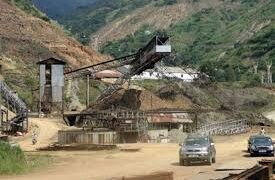

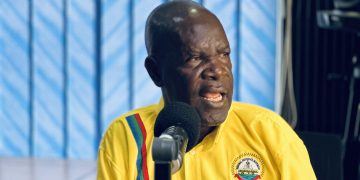


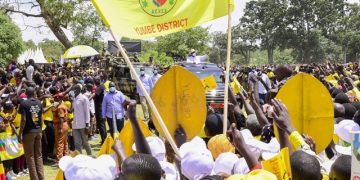
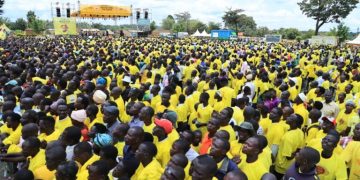

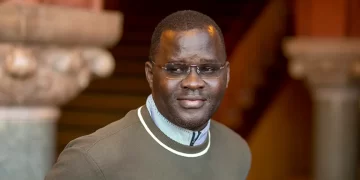


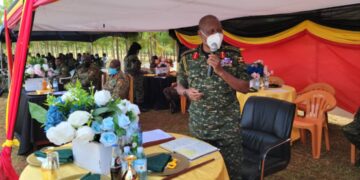

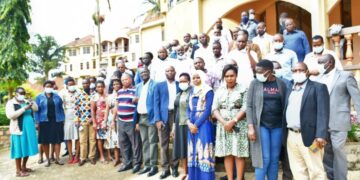
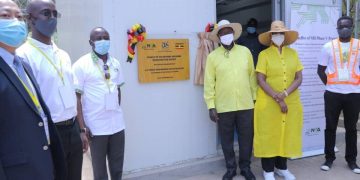

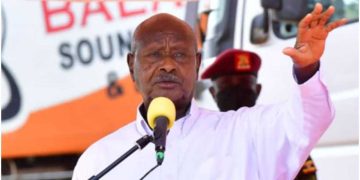

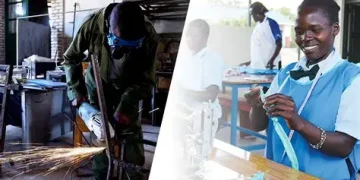


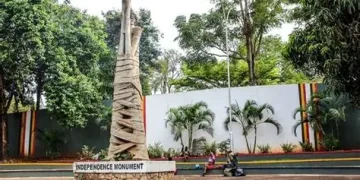

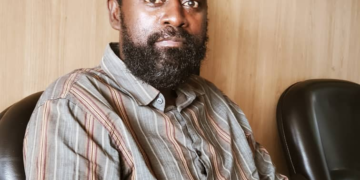


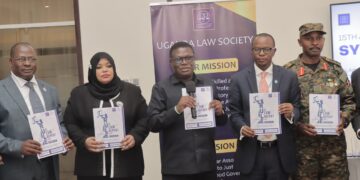












Discussion about this post